Compression socks are great for preventing health issues and increasing recovery time, but did you know that they can also be used by those with chronic illnesses?
Runners use compression socks to improve recovery times and performance. Certain professions that require long hours of standing and walking, like nurses, use compression socks to improve circulation, decrease swelling, and prevent varicose veins, blood clots, and even pulmonary embolisms. But compression socks were not created for runners or nurses. Compression socks were first created to treat medical conditions.
Today these socks can be used for sports performance, certain professions, surgery recovery, and even to relieve symptoms of chronic illness.
Chronic Illness
A chronic illness is defined as an illness that lasts more than three months, cannot be prevented or cured by medication, and will not heal on its own. Arthritis, diabetes, vein disease, Raynaud's, and cardiovascular disease are only a few of the examples of chronic illnesses that affect approximately 133 million Americans according to the National Health Council. By 2020 that number is estimated to reach 157 million.
Chances are that if not you, someone you know suffers from chronic illness and/or chronic pain of some type. Consider helping to relieve that pain through the gift of compression socks. Keep reading to learn how compression may be able to help.
Compression socks in the medical field
Compression gear began as a medical device to improve venous blood return, reduce leg swelling, and prevent blood clots. In the late 1800s, two German phlebologists, Fisher and Lasker, discovered that compression on the legs reduced the chances of blood clots forming. Only in the 1950s did North America catch on to the health benefits of compression socks.
Compression socks are used by those experiencing chronic illness to help alleviate some of their symptoms. For example, the external pressure from the compression alleviates pain caused by swelling while improving blood flow. The graduated compression, which applies varying degrees of pressure to the leg, the greatest being around the ankle and slowly decreasing as it moves up the calf, encourages the blood to flow toward the heart instead of pooling in the extremities. Diabetes and other chronic conditions like Raynaud's can benefit from compression socks because they help improve blood flow.
Graduated compression socks are often recommended to prevent swelling in the legs and blood clots for people who must sit or remain inactive for periods because of illness. The best time to put the socks on is in the morning, right after waking, and then wear them for the entire day.
Specific ways compression socks can help
Compression socks can potentially help those with chronic illness by applying pressure to the leg while supporting the flow of blood. Rather than allowing the blood to pool and the tissue to swell, the gentle compression assists blood circulation back towards the heart.
Below are a few medical conditions, including chronic and non-chronic conditions, that benefit from better circulation supported by graduated compression socks.
Surgery recovery
Following surgery, compression socks are used to reduce the risk of blood clots. When a patient is immobile for long periods of time blood can begin to pool. Sometimes the veins need some extra support. Gentle compression offers to pump the blood back towards the heart. Laying immobile in bed during recovery can be hard on the circulation. Compression socks give the veins the extra little push they need to keep blood flow working properly.
Pregnancy
Veins in the legs can be affected during pregnancy due to hormones that result in pain and swelling. Compression socks are a great way to provide comfort during this time. You can also check out these Top 5 Safety Tips for running while pregnant.
Heart defects, cardiovascular disease, and air travel
During long flights, economy class syndrome (yes, that really is the name for it) can occur. This is when the blood flow in the legs slows down caused by long periods of sitting, being cramped into tight spaces, and changes in altitude. This can result in clots in the leg that could lead to stroke or death. For those with heart defects or cardiovascular disease, signs of swelling in the ankle while traveling is a warning sign that should not be ignored. Compression socks can help by increasing circulation and pushing the blood back up the leg towards the heart.
Diabetes
Diabetics can use compression socks to protect their feet and lower legs from injuries while also reducing swelling. Different levels of pressure are used to treat different types of conditions for diabetics. Crazy Compression socks offer a graduated compression 15 to 20mmhg. Consult your doctor before using compression socks to prevent swelling and improve nerve sensitivities. Diabetics are at a higher risk of foot ulcers and should make sure the sock is the proper fit and compression.
Edema
Edema is a painful condition that creates shiny, stretched skin and swelling around the ankle and calf. It can even make walking painful. Compression socks can help to reduce the swelling and relieve the pain by preventing the buildup of fluid in the tissue.
Lymphedema
Lymphedema often results in fluid retention and tissue swelling in the legs. Treatment involves draining the body of excess liquid, skin care, bandaging, and then physical therapy. Following these stages, compression stockings can help prolong the results of the treatment.
Which compression socks are the right ones for you?
WebMD shares excellent insight on choosing and using compression stockings for comfort, sports, and preventing severe medical conditions. Their overall function is to help the blood vessels in the leg more effectively get the blood to where it should go, thus avoiding severe problems caused by poor circulation.
If you are suffering from a chronic illness that results in leg swelling and poor circulation, talk to your doctor about the benefits of compression socks. Limited mobility tips for compression socks include choosing the right size and fit for comfort and using devices like sock aids for easy application.
Crazy Compressions aren't the compression stockings your grandmother wore. Our graduated compression socks make life easier for those with chronic illnesses, and we do it with fun and flair. Look at our top-level TRUE graduated compression socks, which have designs that fit your style.

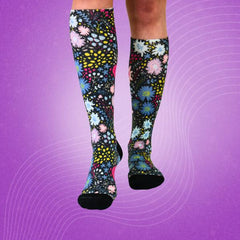
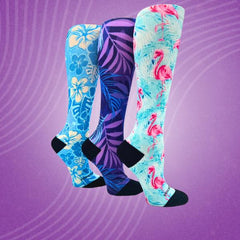
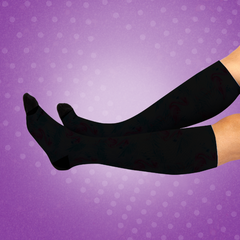

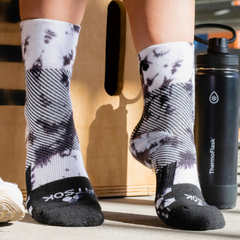
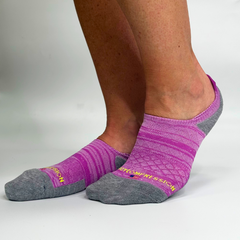




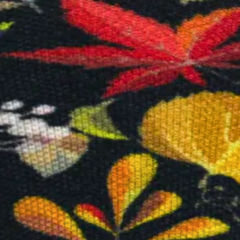

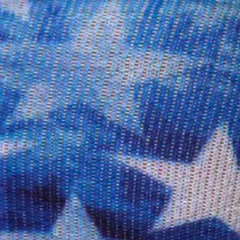


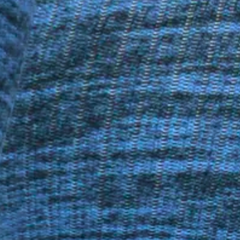
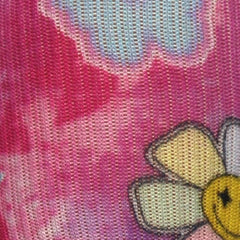

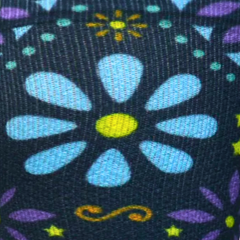
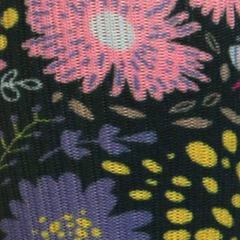
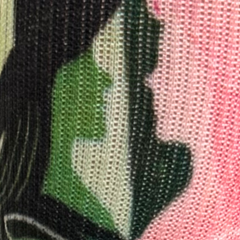
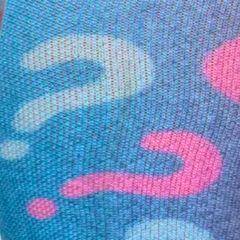
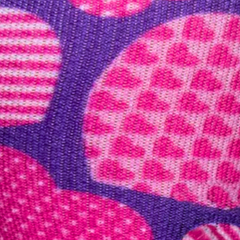
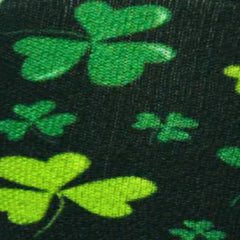
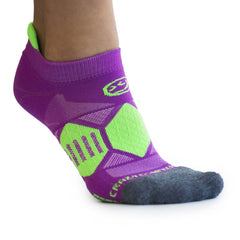

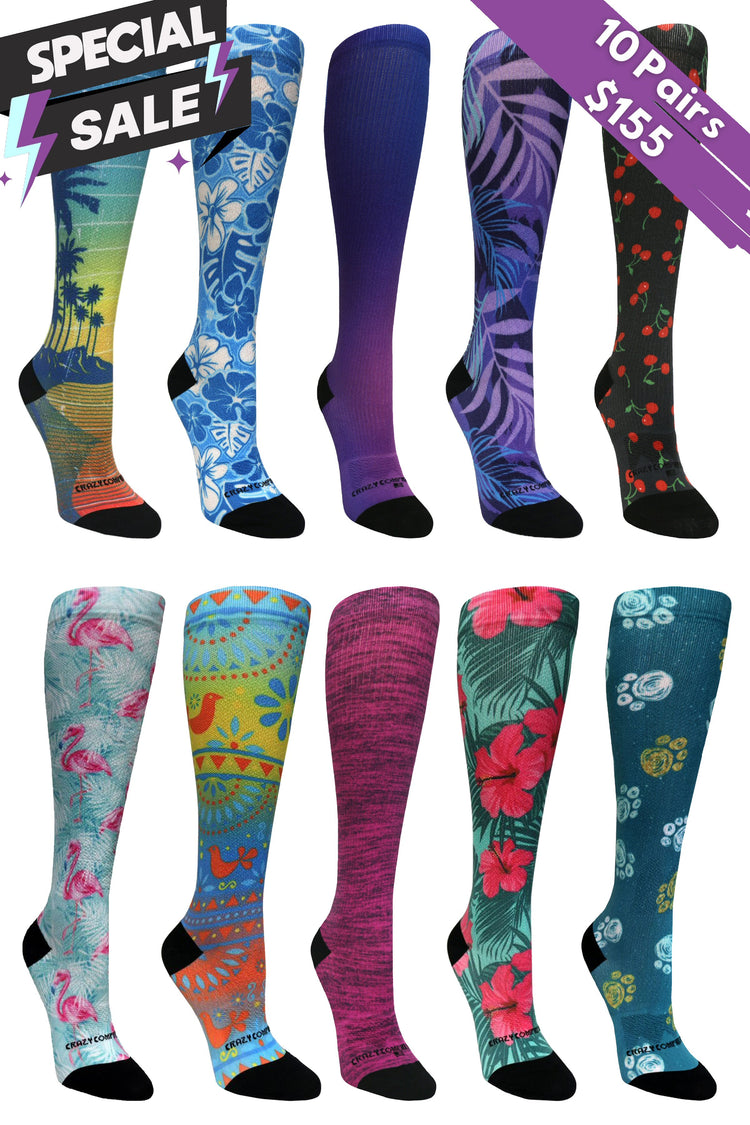





Leave a comment
This site is protected by hCaptcha and the hCaptcha Privacy Policy and Terms of Service apply.